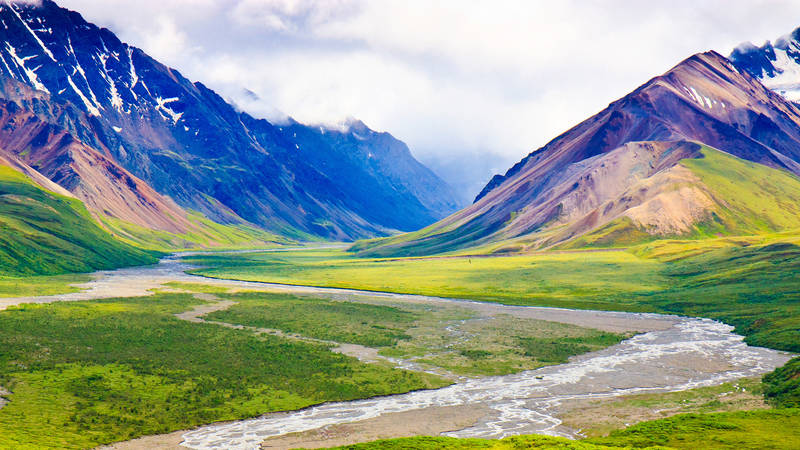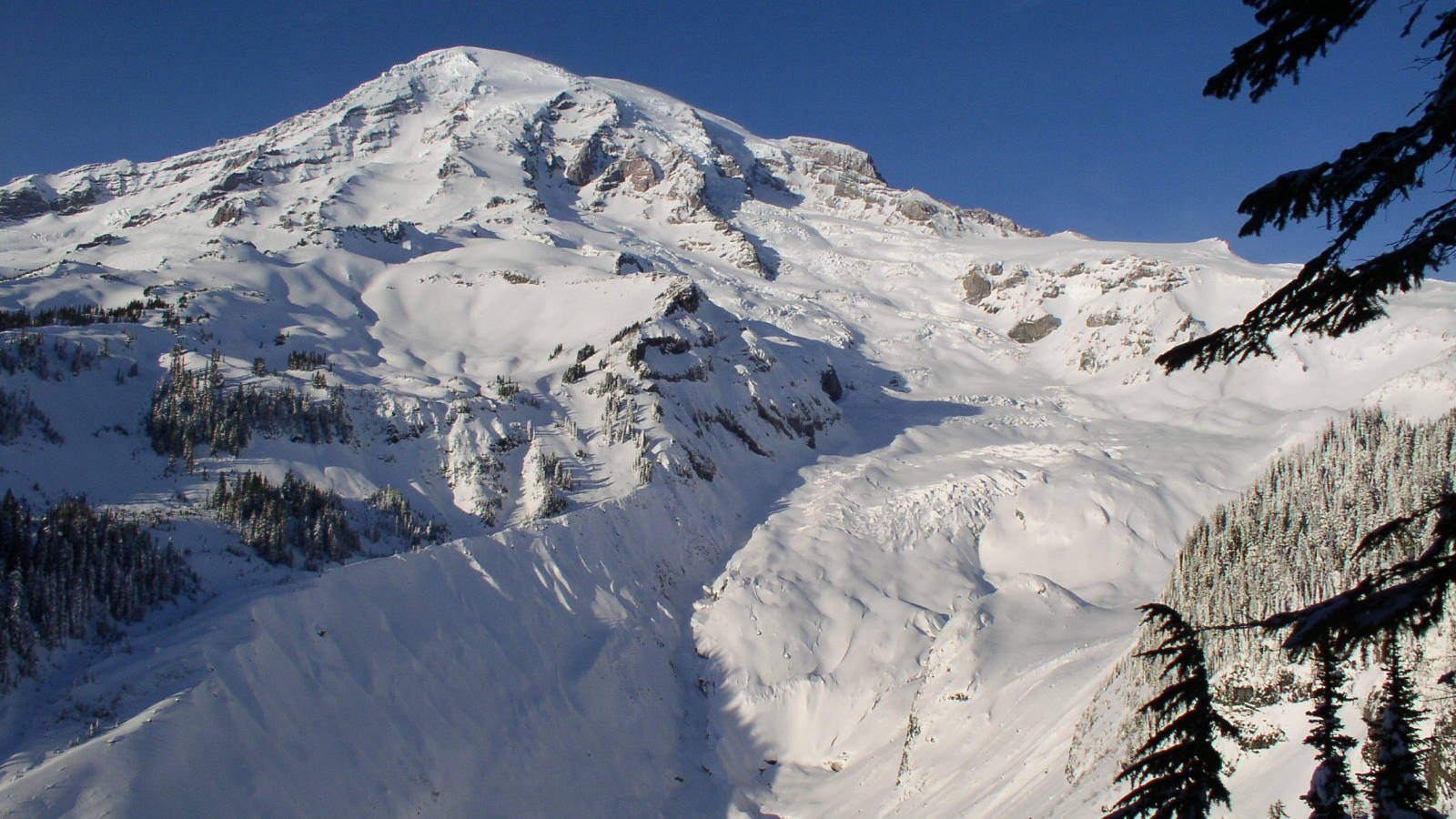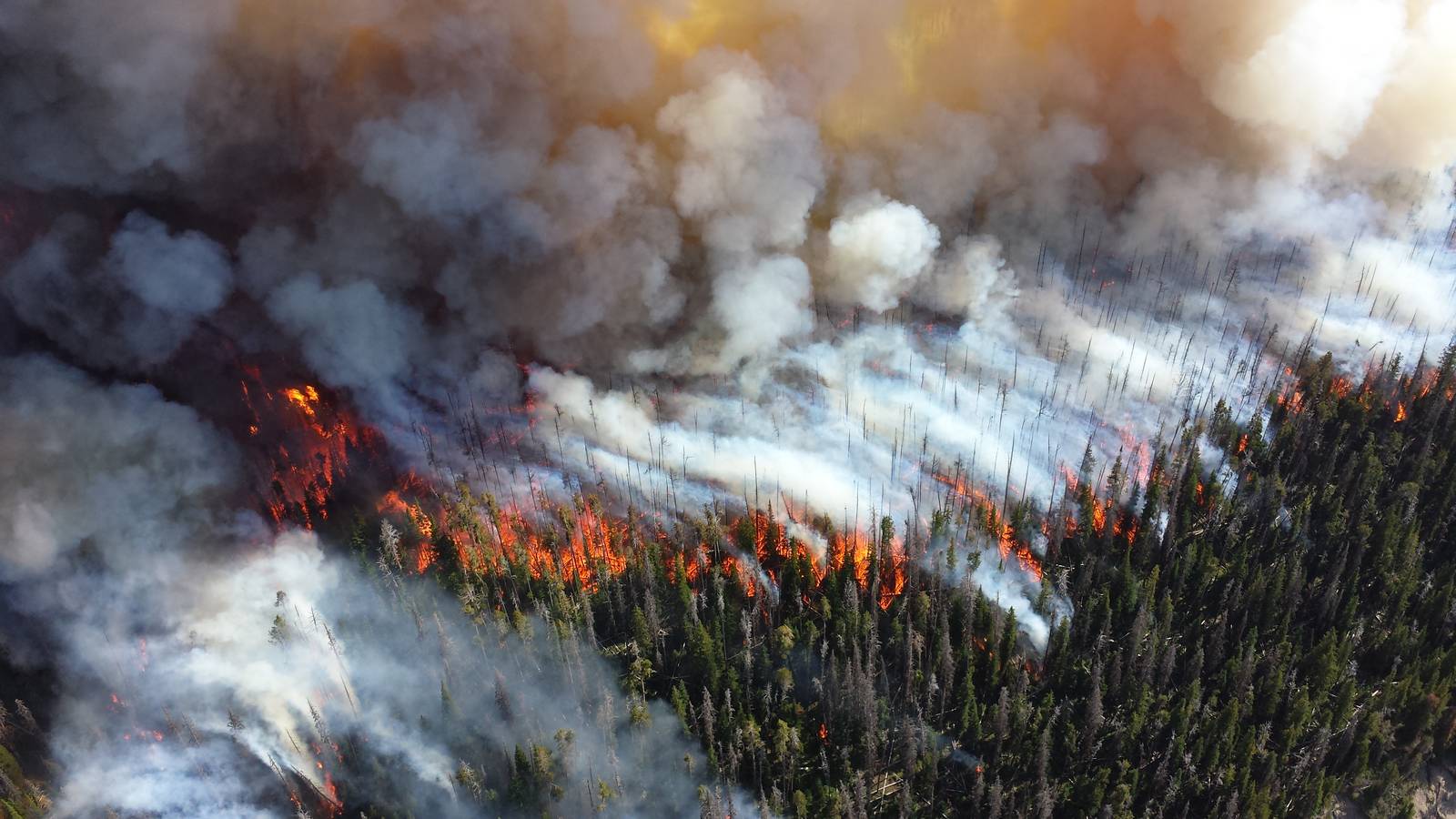Climate Impact
Drought and Water Availability

The saguaro cactus is a distinctive icon of the American Southwest, found only in the Sonoran Desert. This towering plant, which can grow up to 60 feet tall and live for more than 200 years, is the largest cactus species in the country. Its fruit is a culturally important food source for members of the nearby Tohono O’odham Nation, and many desert residents cherish and identify with these magnificent and long-lived multi-armed plants. President Herbert Hoover specifically set aside land as a national monument in 1933 to preserve these beloved cacti, land that in 1994 officially became Saguaro National Park.

How the Climate Crisis Is Affecting National Parks
Climate change is the greatest threat the national parks have ever faced. Nearly everything we know and love about the parks — their plants and animals, rivers and lakes, glaciers,…
See more ›Though these enormous saguaros look anything but fragile, their survival is dependent on rain. Most of their elaborate root systems develop just 4 to 6 inches below the ground and spread out as wide as the cactus is tall to maximize the plants’ ability to collect water during the winter and summer rains. Fewer new saguaros have established themselves at the Saguaro National Park since the early 1990s, when temperatures began significantly rising and the region entered a long-term drought. As the climate crisis makes desert winters warmer and drier, younger saguaro are struggling to grow.
Warmer winters have also helped to spread invasive buffelgrass, which competes with nearly all of the park’s native vegetation and is far more flammable than other species in the area, including saguaros. Buffelgrass fuels hotter, more intense fires that can kill these slow-growing cacti and make it harder for them to survive in their namesake park.
The results confirm that although the population of saguaros in Saguaro NP is quite healthy, establishment of young saguaros has nearly ceased since the early 1990s in nearly all habitats.
Cross-Cutting Impacts
At Everglades National Park, drought could worsen one of the worst problems the park already faces — a shortage of fresh water flowing through the park, potentially making the effects of sea-level rise and salt water inundation even worse, threatening native seagrass, wading birds, fish and other wildlife that depend on freshwater for survival. Warming temperatures also reduce ice and snowpack at numerous cold-weather parks, including Glacier, where summer drought conditions are worsening, putting stress on plants and wildlife. At Mount Rainier National Park, hotter, drier summers and reduced snowpack could significantly change the landscape, allowing trees to spread into areas that are now meadows revered for their wildflowers.

Climate Impact


climate impact

Make a tax-deductible gift today to provide a brighter future for our national parks and the millions of Americans who enjoy them.
Donate Now


